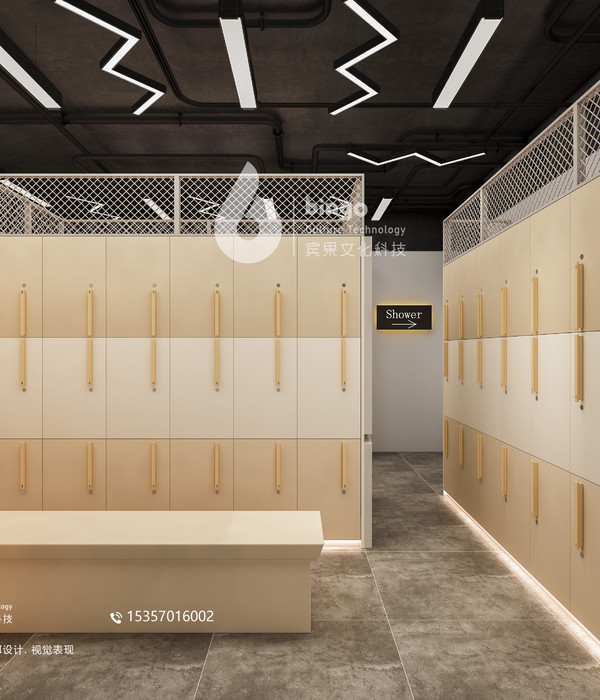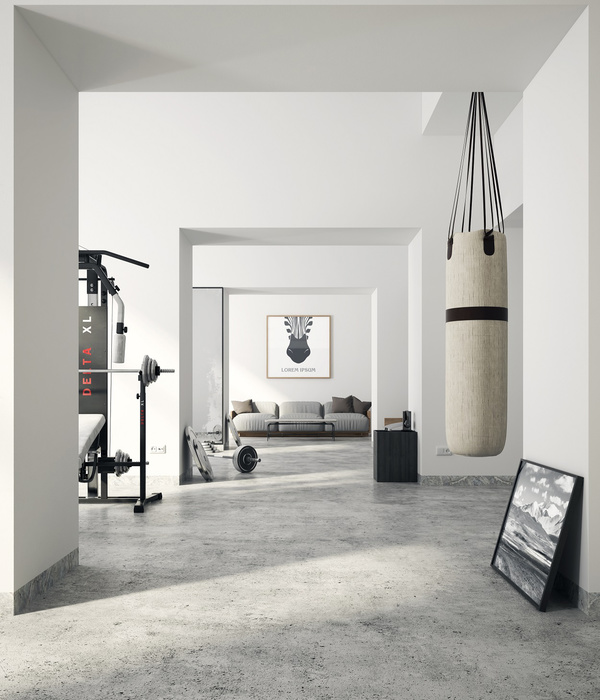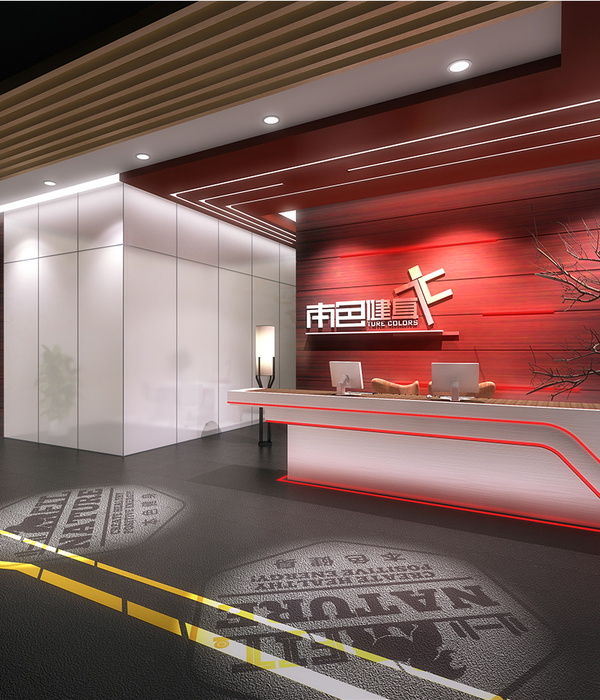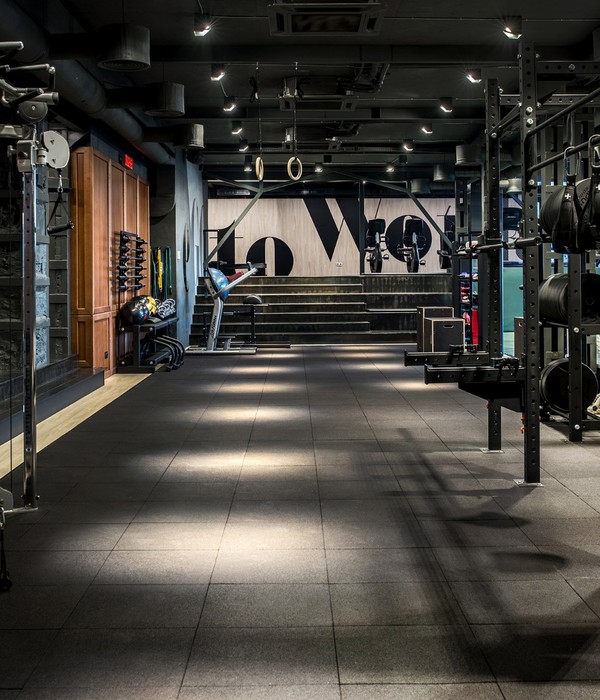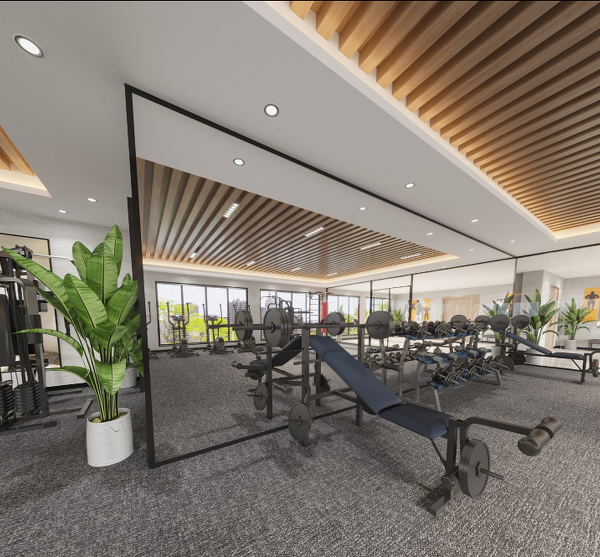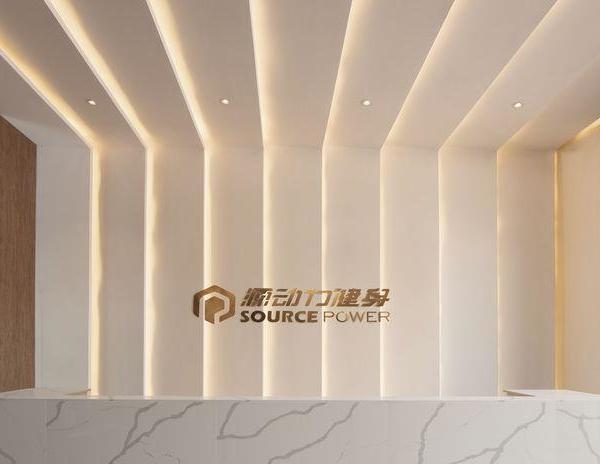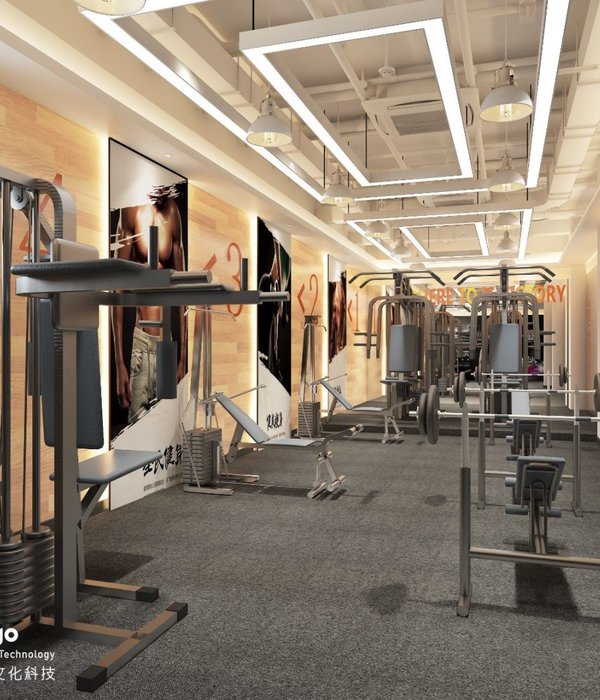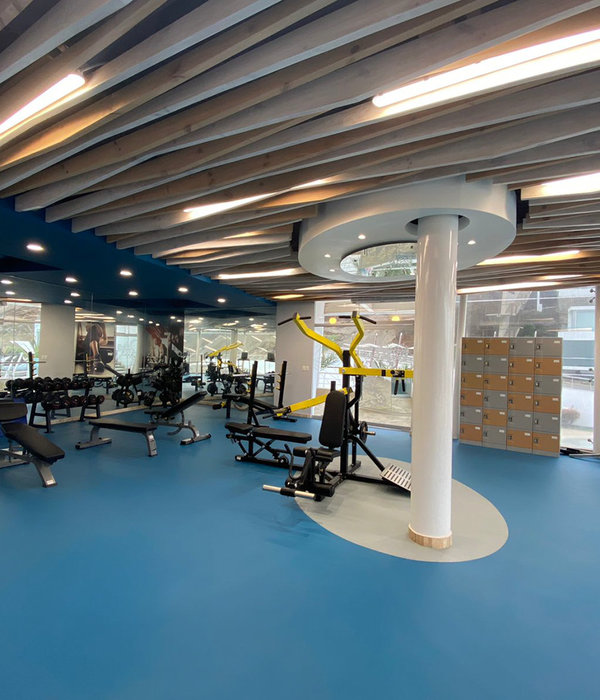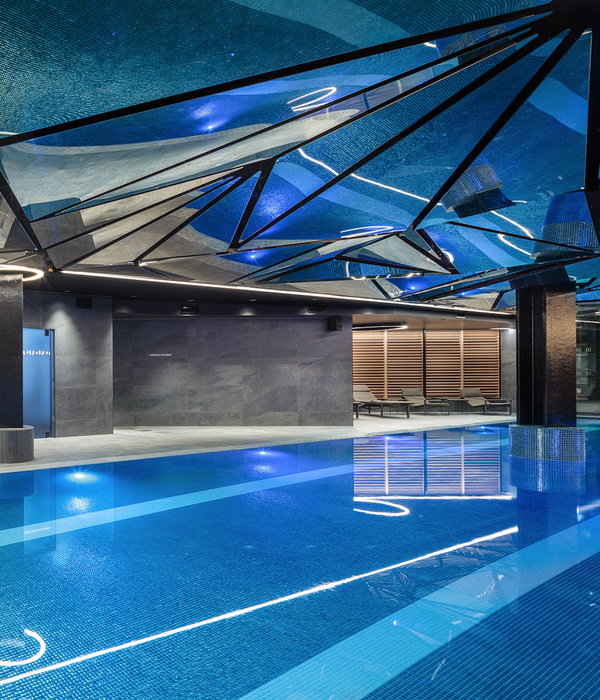The Sculpture Coralarium is situated in the centre of the largest developed coral lagoon in the Maldives, on the island resort of Fairmont Sirru Fen Fushi. The artwork is a semisubmerged tidal gallery space that exhibits a series of sculptural artworks on the skyline, inter-tidal waterline and seabed.
The work aims to create a direct pathway to the ocean. A straight long swimming pool transects the island and denotes the starting point. The art installation begins by following this line into the clear shallow waters of the sea where an underwater pavement begins.
Seascaped with underwater popular trees and endemic planted corals it heads 100m though the shallows towards the underwater realm, a symbolic pathway to another world and the starting point of the artistic intervention.
After a 5-10min snorkel/swim you encounter a submerged staircase which leads up towards a semi submerged tidal building. The building is cube shaped, six metres tall, with its front façade submerged up to median tide of three metres. The design of the walls is based on natural coral structures and is porous to allow the tides, current and marine life to pass through and the structure to “breathe” within its location. The complex structural formation is designed to dissipate oceanic forces whilst creating a protective space that allows nature to colonise and seek refuge. The construction, using high grade, polished, marine stainless steel aims to reflect and mirror the surrounding blues of the coral atoll and the sky above. A mirage on the horizon, which over time will take on the patina of the sea as it becomes colonised by algae and weathers within the environment.
The roof of the building houses a series of black silhouetted Jesmonite sculptures which aim to connect both the sky above and the sea below, occupying a space between worlds.
The entrance of the building is situated above water and leads into a dry elevated viewing platform. The square gallery space exhibits a further 14 sculptures on plinths at various heights within the water column, some works completely submerged, others high above the water line, with the majority mid water interacting with both the marine and terrestrial world depending on the tidal level. The roof is perforated with a coral pattern to allow beams of light to illuminate the individual works and a series of submerged lights to illuminate the space during the night.
The sculptures themselves are hybrid forms, half-human, half-plant, half-coral. The organic forms are based on endemic species of the island and its surrounding reefs, banyan trees, screw pines, strangler ivy, mushroom and staghorn corals. Most of the works also feature root systems, symbolic of the dependence of humans on the natural environment a connection to place. White calcium coral, formed of bones ingrained into the surface of works, aims show how the reef is part of the Maldivians DNA. Leaf base plinths to provide additional marine habitat areas.
The underwater realm of the installation includes a series of children looking up towards to surface of the sea this poses questions about the threat of climate change and sea levels rising and the consequences for future generations. Overall the installation aims to draw all the elements of life on earth together, to portray a system where all components are dependant on each other, humans and the environment in coexistence, a levelling of relationships. The Coralarium becomes a portal or interface to the wonders of the underwater world.
{{item.text_origin}}

